I don’t know how much you know about Jeanne d’Arc, as she’s called in French, but most people probably remember that she was a peasant girl who heard divine voices, then, disguised as a man, led the French army to several victories during the One Hundred Years’ War after which she was sold to the English and burnt on the stake for heresy in Orléans at the age of 19.
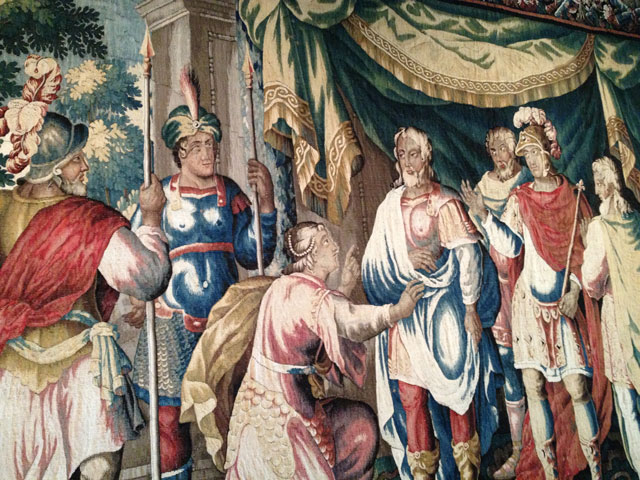
Chinon, on the western tip of the Loire Valley, is where she first gained access to the royal court in 1428. She was 16 at the time. I won’t go into any further history because it’s a bit complicated and isn’t really my thing. Suffice to say that historians do not agree on her real participation. Some believe she was mainly a mascot while others maintain that she was a skilled tactician and a successful strategist, although it hardly seems possible when you consider her background and age.
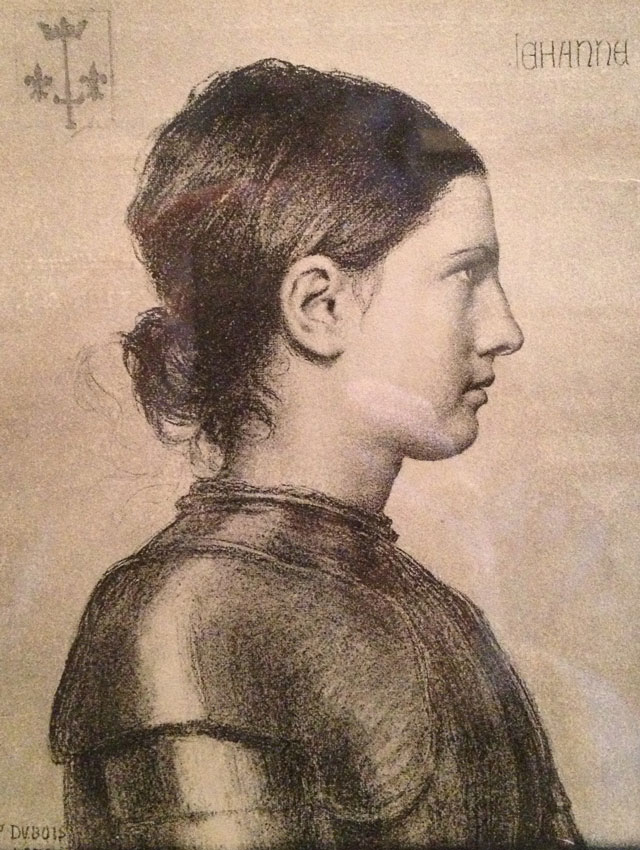
Anyway, the reason I’m writing about her here is that, when we visited the Castle of Chinon a couple of weeks ago, there was a whole room devoted to her, with many illustrations showing various faces of the Maid of Orleans. I only regret that I didn’t note the dates and artists. I found it quite amazing to see how differently she was depicted.
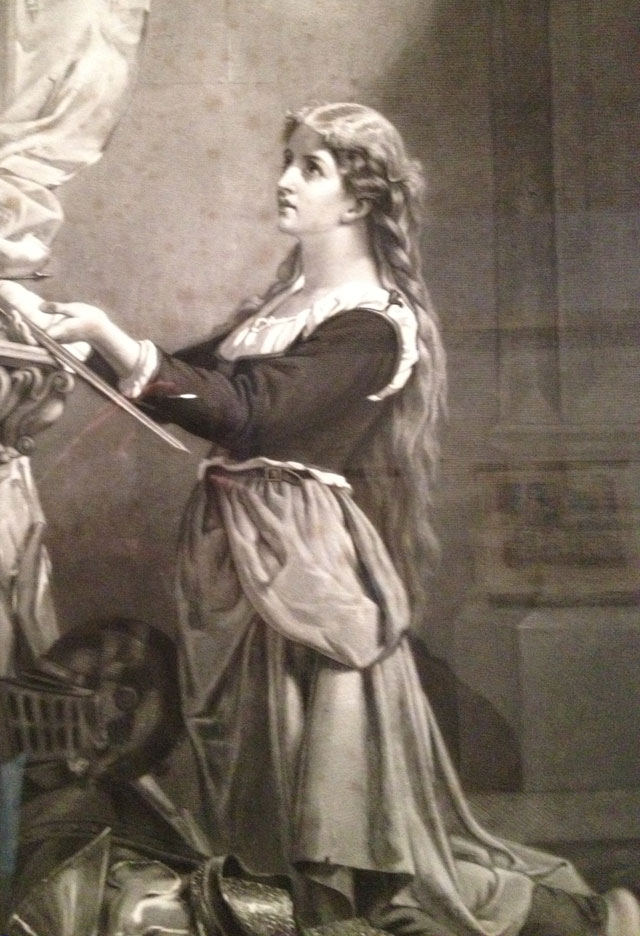
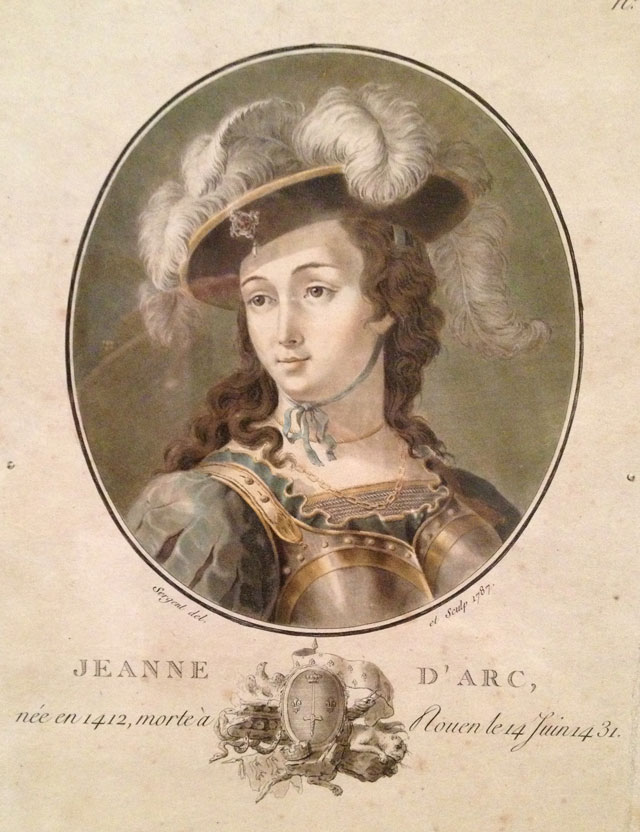
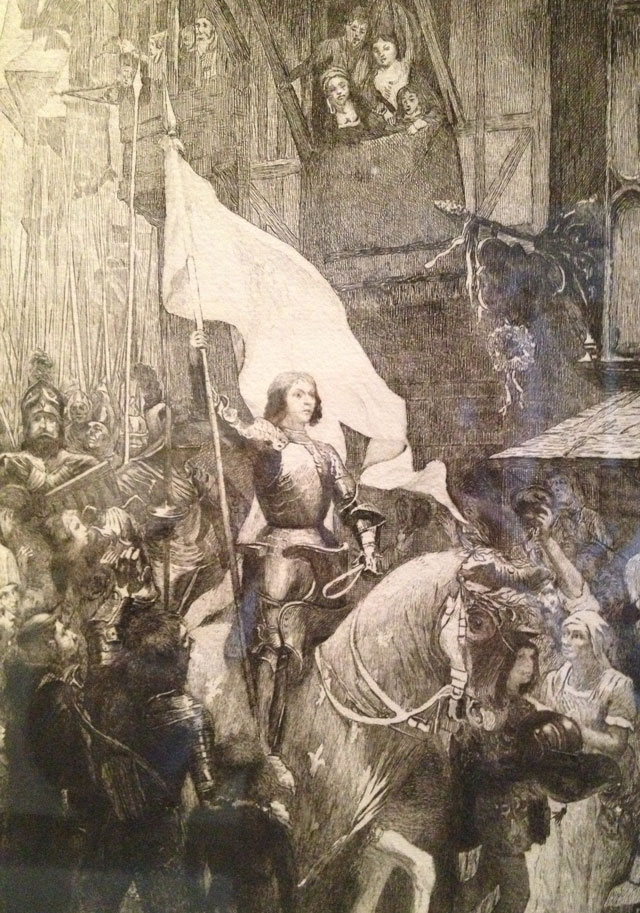
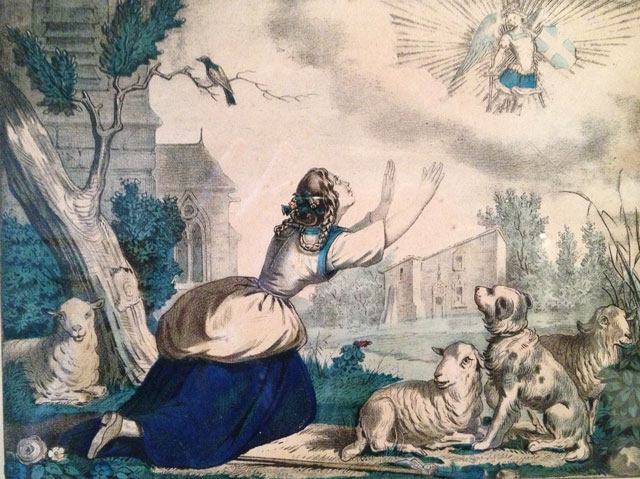
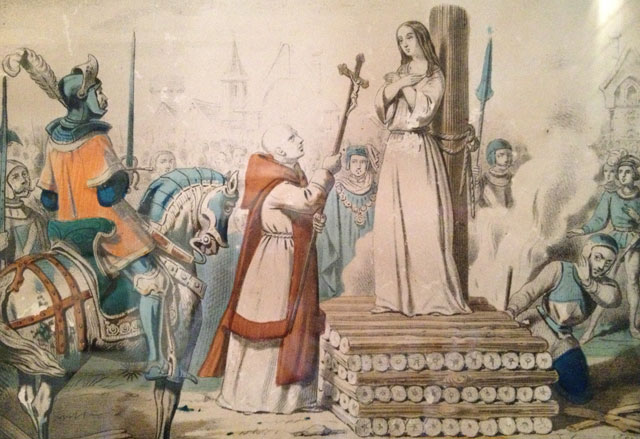
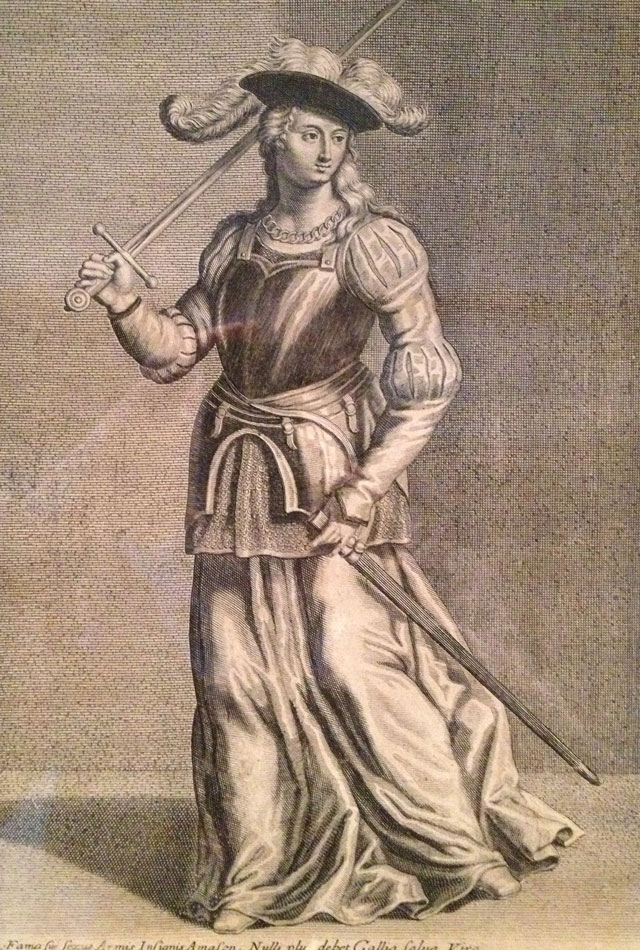
But the one I liked best was at the end. It’s a poster by William Haskell Coffin to encourage Americans to buy war saving stamps during World War II. This time, I thought to take a photo of the information as well. Isn’t she just what you’d imagine a 15th century peasant girl to look like!
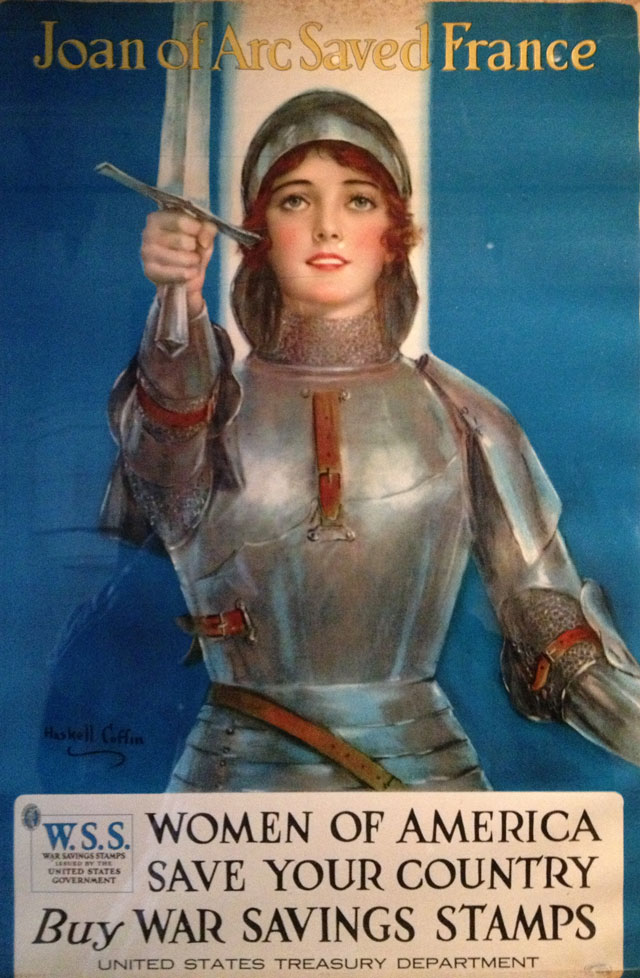




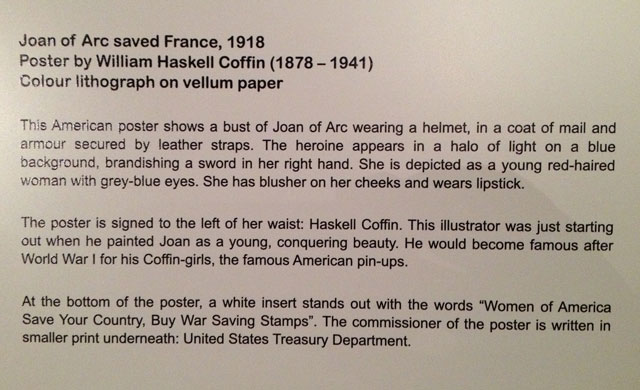
The Many Faces of Joan of Arc http://t.co/2wBWYEVYDL
She certainly was a fascinating figure. You are right too — that last one is hilarious. It seems to have been Yolande of Aragon (Duchess of Anjou, the Dauphin’s MIL) who spotted her potential for the cause, and it was she who paid for her suit of armour. Jeanne must have been a genuinely remarkable person, as tough fighting men seem to have believed in her and been prepared to follow her.
Yes, I agree, it’s hard to imagine a girl of that age achieving such status among tough fighting men.